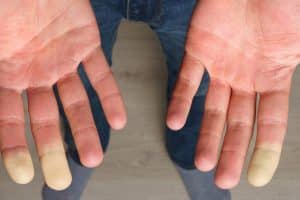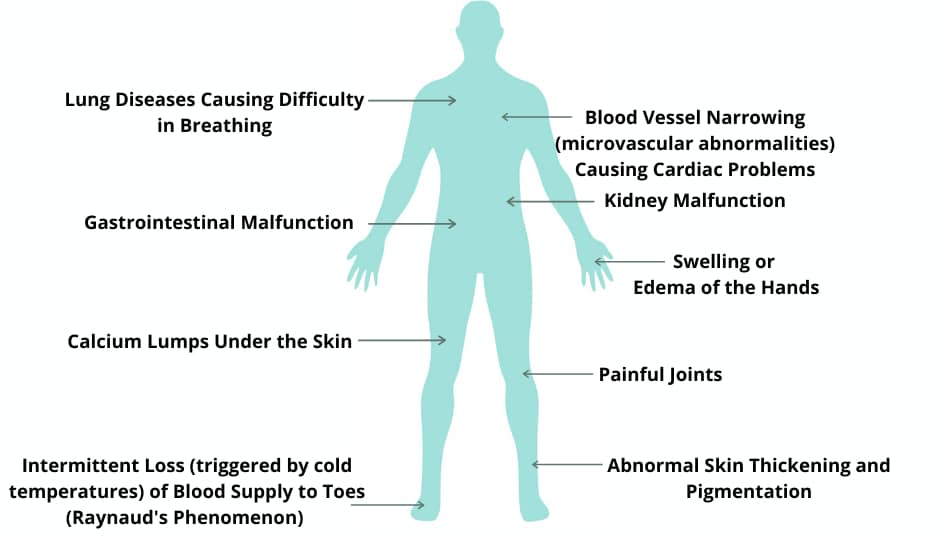 Scleroderma, a complex autoimmune disorder, is characterized by the excessive production of collagen, leading to the hardening and tightening of the skin and connective tissues. This condition can manifest in various forms, affecting not only the skin but also internal organs, blood vessels, and the digestive system. Understanding scleroderma is crucial for early diagnosis and effective management, as it can significantly impact a person’s quality of life.
Scleroderma, a complex autoimmune disorder, is characterized by the excessive production of collagen, leading to the hardening and tightening of the skin and connective tissues. This condition can manifest in various forms, affecting not only the skin but also internal organs, blood vessels, and the digestive system. Understanding scleroderma is crucial for early diagnosis and effective management, as it can significantly impact a person’s quality of life.
Understanding Scleroderma
Scleroderma, derived from the Greek words “sclero” meaning hard and “derma” meaning skin, is a rare rheumatic disease that primarily affects the body’s connective tissues. The condition is classified into two main categories: localized and systemic. Localized scleroderma typically affects only the skin, while systemic scleroderma can involve multiple organ systems, leading to more severe complications.
Types of Scleroderma
-
- Localized Scleroderma: This form is often limited to the skin and does not usually affect internal organs. It can present in various patterns, including:
- Morphea: Characterized by patches of thickened skin that may be oval-shaped and can vary in size.
- Linear Scleroderma: Appears as lines or bands of thickened skin, often affecting the limbs or face.
- Systemic Scleroderma: This more severe type can affect the skin as well as internal organs such as the heart, lungs, kidneys, and gastrointestinal tract. It is further divided into:
- Limited Scleroderma: Often referred to as CREST syndrome, it involves skin changes primarily in the fingers and face, with less severe internal organ involvement.
- Diffuse Scleroderma: This type progresses rapidly and can lead to significant organ damage, affecting the skin over larger areas of the body.
- Localized Scleroderma: This form is often limited to the skin and does not usually affect internal organs. It can present in various patterns, including:
Symptoms of Scleroderma
The symptoms of scleroderma can vary widely depending on the type and severity of the disease. Common manifestations include:
Skin Symptoms
-
- Thickened Skin: The most noticeable symptom, often starting in the fingers and gradually spreading to other areas.
- Raynaud’s Phenomenon: A condition where blood vessels in the fingers and toes constrict excessively in response to cold or stress, leading to color changes and numbness.
- Telangiectasia: Small, dilated blood vessels visible on the skin, often appearing as red spots.
Internal Organ Symptoms
-
- Digestive Issues: Difficulty swallowing, heartburn, bloating, and changes in bowel habits can occur due to gastrointestinal involvement.
- Respiratory Problems: Shortness of breath and a persistent cough may indicate lung involvement, which can lead to pulmonary fibrosis.
- Cardiac Symptoms: Irregular heartbeats and fluid accumulation around the heart can arise from scleroderma affecting the cardiovascular system.

Causes of Scleroderma
The exact cause of scleroderma remains unknown, but several factors are believed to contribute to its development:
- Genetic Predisposition: Certain genetic markers may increase the likelihood of developing scleroderma, although it is not directly inherited.
- Environmental Triggers: Exposure to specific chemicals, such as silica dust or vinyl chloride, has been associated with a higher risk of developing the disease.
- Immune System Dysfunction: An abnormal immune response may lead to excessive collagen production, resulting in tissue damage.
Risk Factors
While anyone can develop scleroderma, certain demographics are more susceptible:
- Gender: Women are disproportionately affected, with approximately 80% of diagnosed cases being female.
- Age: The disease typically manifests between the ages of 30 and 50.
- Ethnicity: African Americans may experience more severe symptoms and earlier onset compared to other racial groups.
Diagnosis of Scleroderma
Diagnosing scleroderma can be challenging due to the variability of symptoms and their overlap with other conditions. A comprehensive approach is essential:
- Medical History and Physical Examination: A healthcare provider will assess symptoms and perform a thorough physical examination, looking for characteristic skin changes.
- Blood Tests: Tests such as the antinuclear antibody (ANA) panel can help identify autoimmune activity.
- Imaging Studies: X-rays, CT scans, or echocardiograms may be utilized to evaluate internal organ involvement.
Treatment Options
Currently, there is no cure for scleroderma, but various treatment strategies can help manage symptoms and improve quality of life:
Medications
-
- Immunosuppressants: Drugs like mycophenolate mofetil and cyclophosphamide can help reduce immune system activity and collagen production.
- Corticosteroids: These may be prescribed to manage inflammation and swelling.
- Symptomatic Treatments: Medications for heartburn, blood pressure control, and pain management are often necessary.
Physical and Occupational Therapy
Therapies can assist in maintaining mobility and improving daily functioning. Physical therapy may focus on exercises to enhance flexibility, while occupational therapy can provide strategies for managing daily tasks.
Lifestyle Modifications
-
- Diet and Nutrition: A balanced diet can help manage digestive symptoms and maintain overall health.
- Skin Care: Regular moisturizing and sun protection are crucial for skin health.
- Avoiding Cold Exposure: Dressing warmly and avoiding cold environments can help manage Raynaud’s phenomenon.
Complications of Scleroderma
Scleroderma can lead to various complications, some of which can be life-threatening:
- Pulmonary Hypertension: High blood pressure in the lungs can develop, leading to shortness of breath and fatigue.
- Kidney Crisis: Sudden increases in blood pressure can result in kidney failure, requiring immediate medical attention.
- Gastrointestinal Complications: Severe digestive issues can lead to malnutrition and weight loss.
Living with Scleroderma
Coping with scleroderma requires a multifaceted approach:
Support Systems
-
- Patient Support Groups: Connecting with others who have scleroderma can provide emotional support and practical advice.
- Mental Health Resources: Counseling or therapy can help manage the emotional impact of living with a chronic illness.
Regular Monitoring
Frequent check-ups with healthcare providers are essential to monitor disease progression and adjust treatment plans as needed.
Research and Future Directions
Ongoing research is crucial for understanding scleroderma and developing new treatment options. Clinical trials are exploring innovative therapies, including stem cell transplants and targeted biologic treatments, which may offer hope for improved outcomes.
Scleroderma is a complex and multifaceted disease that requires a comprehensive understanding for effective management. While there is currently no cure, advancements in treatment options and ongoing research provide hope for those affected by this challenging condition. Early diagnosis, a tailored treatment plan, and a strong support network can significantly enhance the quality of life for individuals living with scleroderma.
We Diagnose and Treat Scleroderma
Tristate Arthritis and Rheumatology is first and largest Rheumatology practice in the Northern Kentucky area. Founded by Dr. Arthur Kunath in 1986, our rheumatology practice now consists of six doctors who are board certified in both Internal Medicine and Rheumatology and a Physician Assistant. Patients see one doctor (except in emergencies), thereby assuring continuity of care and an individualized doctor-patient atmosphere giving the physician the ability to establish personalized and detailed relationships. Our doctors have received numerous awards, including being listed as “Top Doctors” in Cincinnati Magazine, receiving the Patient’s Choice Award, the Most Compassionate Doctor Award, and the American College of Rheumatology’s “My Doc Rocks” award.
Contact Us (859-331-3100) For More Information to Request an Appointment
—
 About Tristate Arthritis and Rheumatology
About Tristate Arthritis and Rheumatology
Tristate Arthritis and Rheumatology is first and largest Rheumatology practice in the Northern Kentucky area. Founded by Dr. Arthur Kunath in 1986, our rheumatology practice now consists of six doctors who are board certified in both Internal Medicine and Rheumatology and a Physician Assistant. Patients see one doctor (except in emergencies), thereby assuring continuity of care and an individualized doctor-patient atmosphere giving the physician the ability to establish personalized and detailed relationships. Our doctors have received numerous awards, including being listed as “Top Doctors” in Cincinnati Magazine, receiving the Patient’s Choice Award, the Most Compassionate Doctor Award, and the American College of Rheumatology’s “My Doc Rocks” award.
>> Learn More


